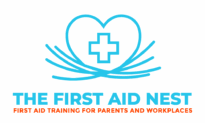Essential Guide to Performing CPR on a Newborn: What Every Parent Needs to Know
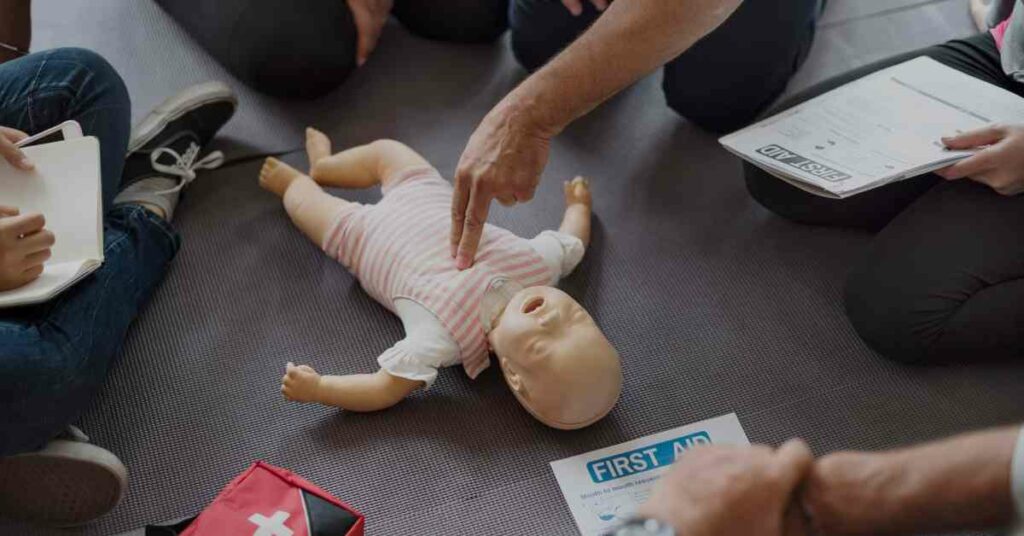
As a new parent, ensuring your baby’s safety is a top priority. While you hope to never face an emergency, knowing how to perform CPR on a newborn can be life-saving.
In this guide, we’ll explain the key steps of CPR for newborns so you can act swiftly and confidently in case of an emergency.
What Is CPR for Newborns?
CPR, or cardiopulmonary resuscitation, is a critical technique used to revive someone whose breathing or heartbeat has stopped. Performing CPR on a newborn differs slightly from the process used for adults or older children. Understanding these specific steps is essential for providing effective care during an emergency.
When Should You Perform CPR on a Newborn?
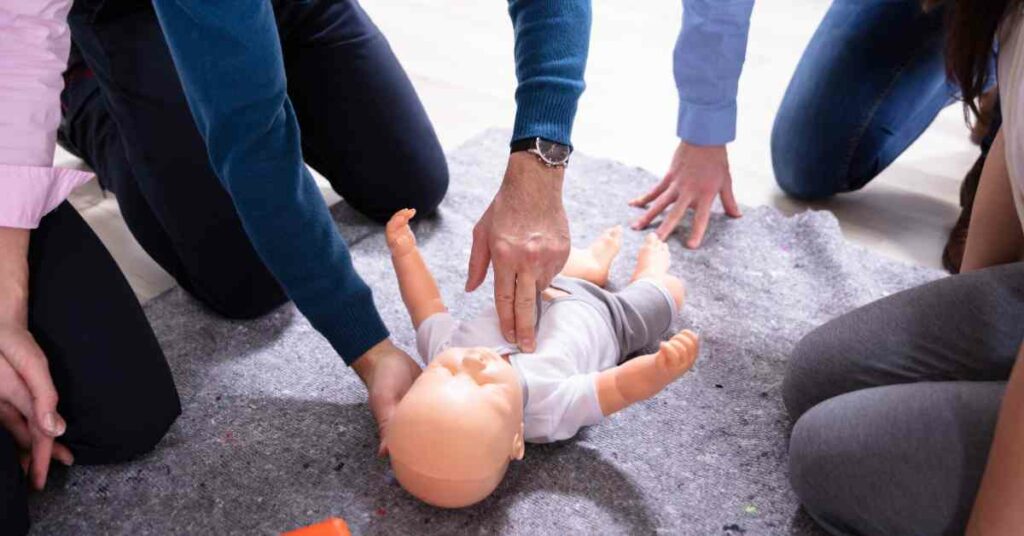
Knowing when to perform CPR on a newborn is just as important as knowing how to do it. If your baby is unresponsive, not breathing, or gasping for air, you should begin CPR immediately. Continue until emergency services arrive or your baby shows signs of breathing again. Quick action can make all the difference in these critical moments.
Steps to Perform CPR on a Newborn
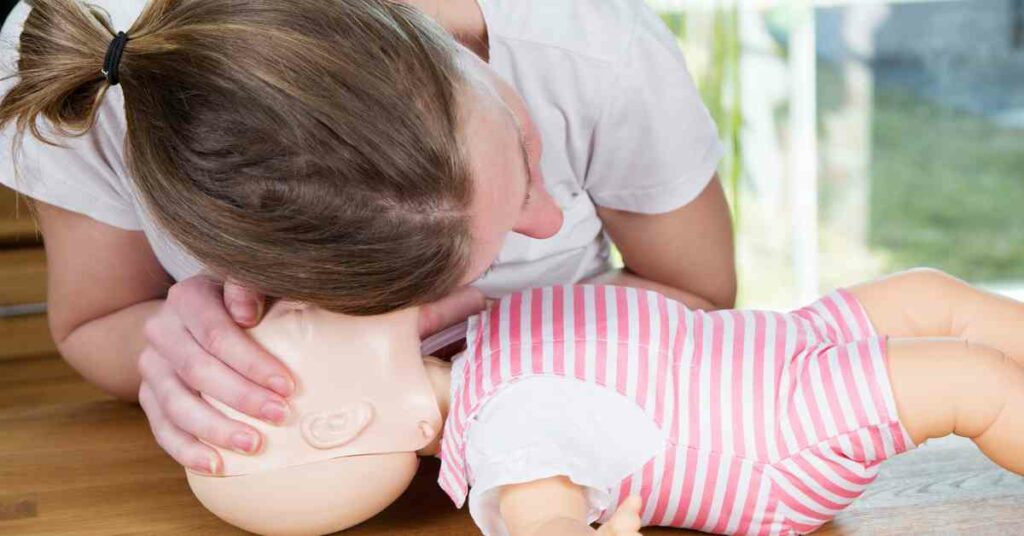
Check the Situation: Before starting CPR, quickly assess the newborn. Look for signs of life such as movement, breathing, or sounds. If your baby is unresponsive and not breathing, begin CPR without delay.
Call for Emergency Help: If you are alone, perform CPR for two minutes before calling emergency services. If someone else is with you, ask them to call for help while you begin CPR.
Open the Airway: Gently tilt your baby’s head back and lift their chin to open the airway. Be cautious not to tilt the head too far back, as this could block the airway.
Give Rescue Breaths: Cover your baby’s nose and mouth with your mouth, creating a tight seal. Gently give two breaths, each lasting about one second. Watch to ensure the chest rises, indicating that air is entering the lungs.
Perform Chest Compressions: Place two fingers in the centre of your baby’s chest, just below the nipple line. Press down about 1.5 inches (4 cm) at a rate of 100-120 compressions per minute. Allow the chest to fully rise between each compression.
Alternate Between Compressions and Breaths: After every 30 chest compressions, give two rescue breaths. Repeat this cycle until help arrives or your baby starts breathing on their own.
Key Tips for CPR on a Newborn
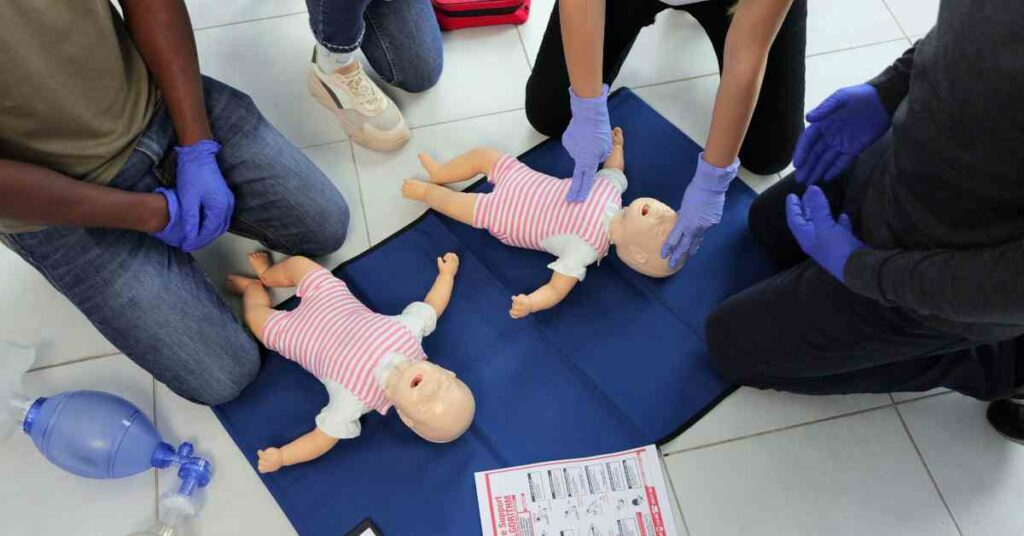
Remain Calm: In an emergency, it’s normal to feel anxious, but staying calm is crucial. Focus on the steps of CPR and remember that your quick response can save your baby’s life.
Practice Regularly: While you hope to never need CPR, practising the technique can boost your confidence and readiness in case of an emergency.
Seek Professional Training: Consider enrolling in a first aid course that includes CPR for newborns. Hands-on training is invaluable and can greatly improve your ability to respond effectively.
Knowing how to perform CPR on a newborn is a crucial skill for every parent. By understanding and practising the steps, you can be prepared to act quickly in an emergency. Your calm and prompt actions could save your baby’s life.
For more detailed information on CPR for newborns and other essential first aid skills, consider enrolling in a first aid course specifically designed for parents.
Want more? We’ve got you covered…
Our Baby First Aid Courses
Our baby first aid courses are available in person in your home and online. We run classes in your home with groups of 2, 4 or up to 10 in Sydney & Melbourne and you can book in 3 easy steps!
- Pick your class
- Follow the prompts to purchase
- We will contact you within 24 hours to lock in your date of choice
Our First Aid Certificate Courses
We run most of the popular first aid courses Australia wide. HLTAID011 Provide First Aid, HLTAID009 Provide CPR, HLTAID012 Provide First Aid in an Education & Care Setting, RAMOAP (anaphylaxis), Mental Health first aid and CPR/LVR to name a few.
Book your public spot online or contact us if you have a group of 5+ people for onsite training.
Here are some other resources you may enjoy!
FREE GUIDE: Your Virtual Baby First Aid Kit
FREE GUIDE: Introducing Common Allergy Foods & Allergic Reactions
FREE Workplace Emergency Preparedness Plan: Grab this at the bottom of every page!
Follow for baby & child first aid and allergy info and tips on Instagram & TikTok, all @thenestcpr
